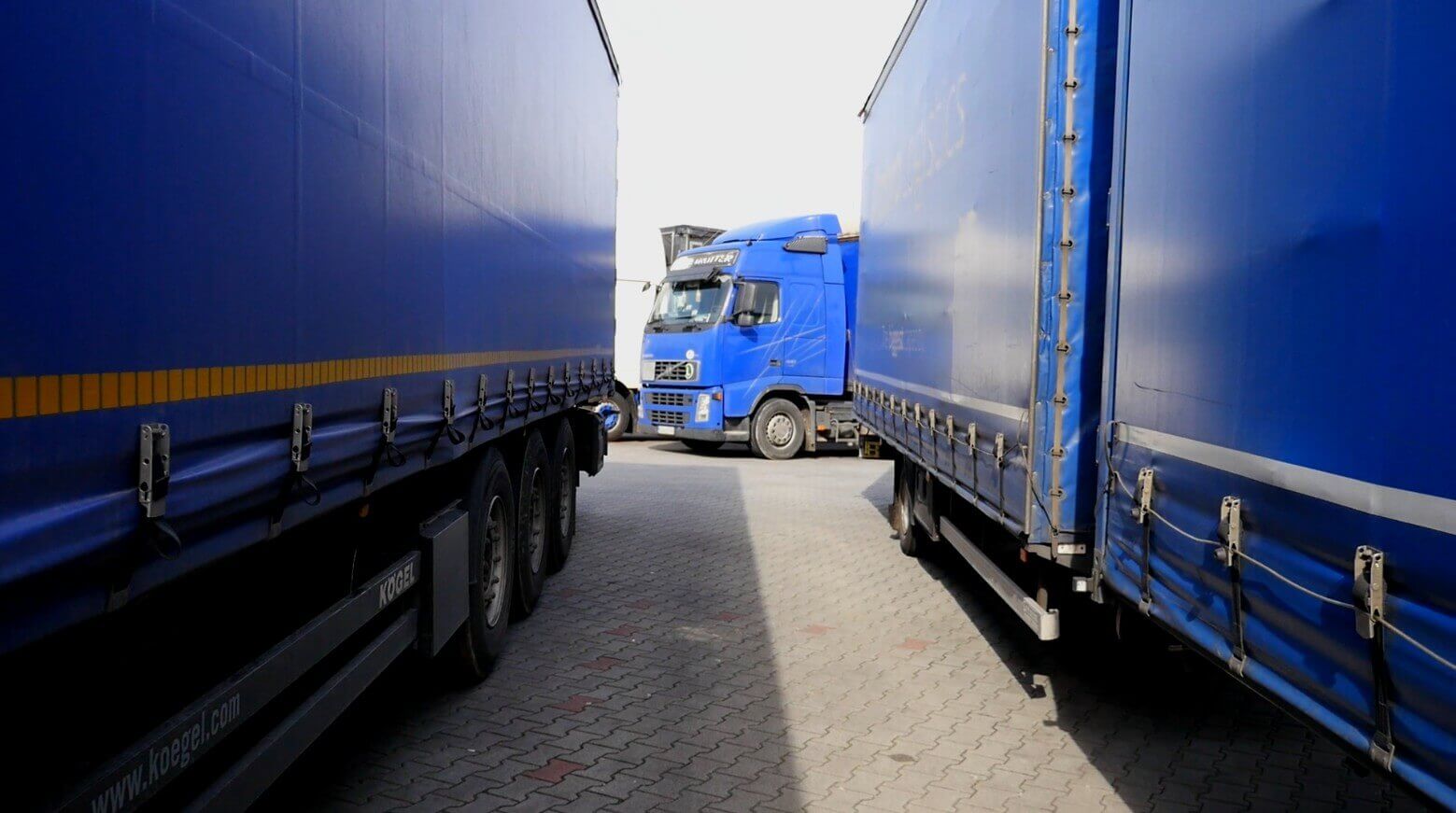Road freight rates in Europe will rise in 2021, according to analysts at Transport Intelligence and Upply. Increases will be driven by the economic rebound, rising fuel prices and a shortage of drivers.
In their Road Freight Rate Development Benchmark, analysts from TI and Upply predict that the average rate in Europe could be between €1,087 and even €1,155 by the end of 2021. This would mean year-on-year increase of 2.5% and 9% respectively. Rates per kilometre can vary from €1.6 to as much as €1.7.
The rate index used in the report is estimated on the basis of approximately 250 million prices and rates in Europe.
TI and Upply’s forecast is a good sign for European carriers after a tough 2020 that saw average road freight rates fall.
Throughout 2020, the average rate in Europe reached €1,060, a year-on-year decrease of 1.6%. The average rate last year was €1.55 per km. Analysts at TI and Upply point out that this is the first time in the four-year history of the Rate Development Benchmark compiled by both companies that annual rates have been lower than those of the previous year. In 2019, the increase was 1.5%, and the year before even 4.4%.
The decrease in average rates in 2020 was mainly due to lower demand. It was caused by the economic slowdown linked to the COVID-19 pandemic, the restrictions imposed (often twice) in various countries and lower consumption, especially in spring. Recent estimates by TI showed a decline in the value of the international road freight market of up to 7.9% year-on-year.
One of the factors expected to boost rates this year is the COVID-19 vaccine. Above all, it offers hope of freeing up further sectors of the economy, particularly brick-and-mortar retail stores, and the catering industry. And increased economic activity is always to the benefit of the road freight sector. The recovering economy should result in pressure on rate levels.
Regarding Brexit, a lower volume of goods transported between the EU and the UK is expected due to all the barriers and administrative problems. However, these additional costs should result in higher rates on this route. It is worth noting that due to the pre-Brexit frenzy in November and December 2020, rates on routes to the UK were higher (year-on-year) in Q4 last year. This was the opposite of the trend on other European routes where rates were on a downward trend during 2020.
Another factor that will put pressure on prices is the problem of the driver shortage in Europe. In 2020, this problem was temporarily forgotten as lower demand for transport resulted in lower demand for drivers. However, if we are counting on an economic rebound and more activity in the transport sector this year, the driver shortage problem could be doubly acute. This will put pressure both on wages and, consequently, on freight rates.
The report by TI and Upply also raises the issue of fuel prices, which have been at very low levels in recent times. As a result, analysts expect them to rise in 2021. We are already seeing an upward trend in oil prices today. From the beginning of the year to 4 February, the price per barrel of oil rose by more than 16%. If this trend continues, it will naturally translate into higher transport rates.
As if these drivers were not enough, we must also bear in mind that the Mobility Package will soon come into full effect. Hitting mainly lower-cost carriers from Central and Eastern Europe, it will probably lead to higher rates on European routes.
Photo credit @ Trans.INFO









